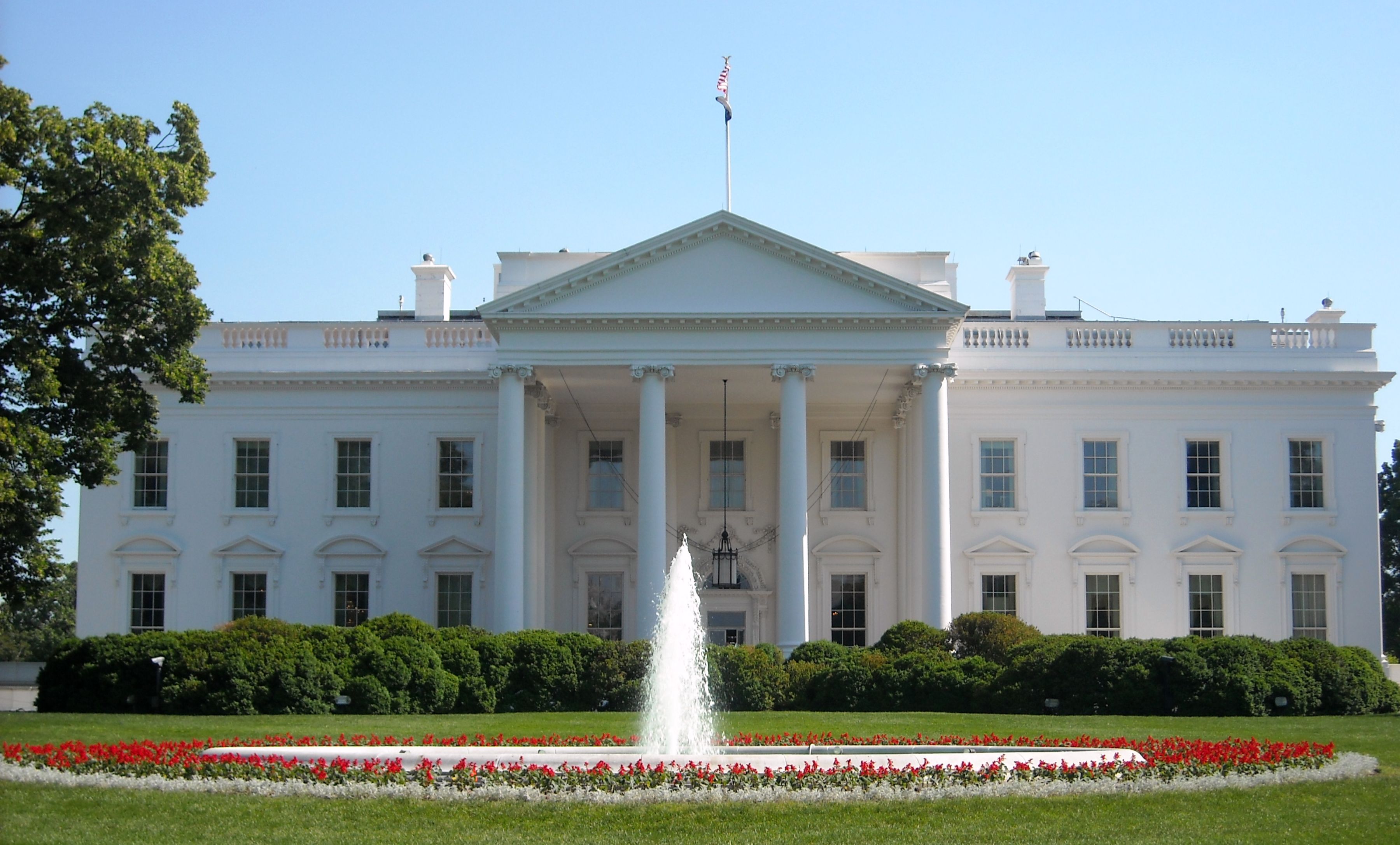By Adetola Kayode and Gabriel Sandler
Racism in America dates back to centuries ago. There’s been prejudice, preference, bias over the years and most times when hate sets in, it becomes racism depending on whoever has the power to back someone, something or situation. Simply put: Racism is Prejudice plus Power. (Eddie Moore 2016)
Recent activities in the country have only shown that racism
is not in the past neither has it been erased, it’s just an
issue no one openly admits to. Like many of the people and
institutions that make up the society, the media has a role
to play when issues of racism come up.
Dr Eddie Moore of the Diversity Education, Research and
Consulting and Ahmad Daniels, a Life Coach express their
thoughts on the effects of racism on the United States of
America.
The media plays a critical role in defining and popularising
the definition of racism. There’s a need to find a true
balance to stories as opposed to presenting all sides.
Yasmin Jiwani makes this point in her
article.
Can reportage, sensitisation and awareness put a stop to
racism in all forms or erase the pains of the past
At a local and international scale, there are strong and weak examples of media coverage of race. Diverse coverage matters, but it takes effort and demands priority attention from newsrooms. Below is an example of weak coverage of race issues and an example of sensitive coverage of race issues.
Michael Brown’s shooting set off a storm in Ferguson, dominating the news cycle and drawing in reporters from every network. CNN’s Don Lemon reported from the Ferguson police station before the news that Officer Darren Wilson would not be indicted. His commentary on the scene quickly became infamous, saying, “Obviously, there is the smell of marijuana in the air.”
It’s not insignificant that almost 70% of Ferguson’s population is black. Brown’s shooting sparked nationwide discussion about race and policing. Lemon’s commentary, however, didn’t address fires, police or civil rights. He speculated about stereotypical drug use in a crowd. The backlash was swift, especially given his record of insensitive comments (questioning one of Bill Cosby’s alleged victims about why she didn’t fight back).
Coverage of Ferguson meant a lot. This was an early site of a renewed civil rights movement, as well as a nationally relevant city in crisis. At the heart of the issue was the relationship between the black community and the police. Instead of hitting on any of these themes, Don Lemon distracted with his coverage and lost credibility.
The Time article, “How a Lack of Representation Is Hurting Photojournalism,” discusses the benefits of diverse newsrooms and coverage in the context of photojournalism. It cited a World Press Photo report stating a, “lack of comprehensive figures reflecting the crippling under-representation along socio-economic, racial and sexual orientation factors.” Lack of representation is detrimental to meaningful news coverage.
It also makes the point that photojournalism, and journalism in general, contributes to a historical narrative. Giving that narrative over to white people exclusively would result in a false history. Azu Nwagbogu, the Lagos Photofestival director, suggests in the article that Africa’s international representation is largely the result of a “lack of diversity in photojournalists, and that the damages these representations cause are far reaching.” While lack of diversity hurts coverage, coverage that lacks diversity hurts communities. To cover race effectively, newsrooms need various perspectives. Regardless of the benefits, diversifying the reporting pool is a journalistic responsibility.
Fortunately, there are solutions. The article points out that social media has been an equalizer, allowing more people to participate in coverage. Initiatives like the Humphrey Seminar are critical to improving coverage. We’re all together benefiting from viewpoints and experiences that we otherwise wouldn’t get. It goes beyond just coverage of race. Improving coverage of any kind must be active and enthusiastic.


Adetola and Gabriel Thank you for sharing your views on media and racism. Media has the potential to cast various types of effects; short-term or long-term; content-specific or cumulative; particular or general etc. The issue of racism needs to be addressed across media contents to bring social harmony and equality.
Adetola and Gabriel, thanks for sharing your thoughts about racism through prism of media. Representation of different ethnics in journalist team is also key point to have balance in media reports and materials. And of course in era of social media and digital journalism every journalist should be responsible and very accurate with addressing topic, and every user of social media should be careful with comments and posts connected with race, ethnicity and religion. Careless dropped word could lead to clash not only in virtuality, but also in reality too.